A look back at the TR-808
Do you remember what the 808 sounds like?
The TR 808 is a fully programmable drum machine, with a 16 step sequencer.
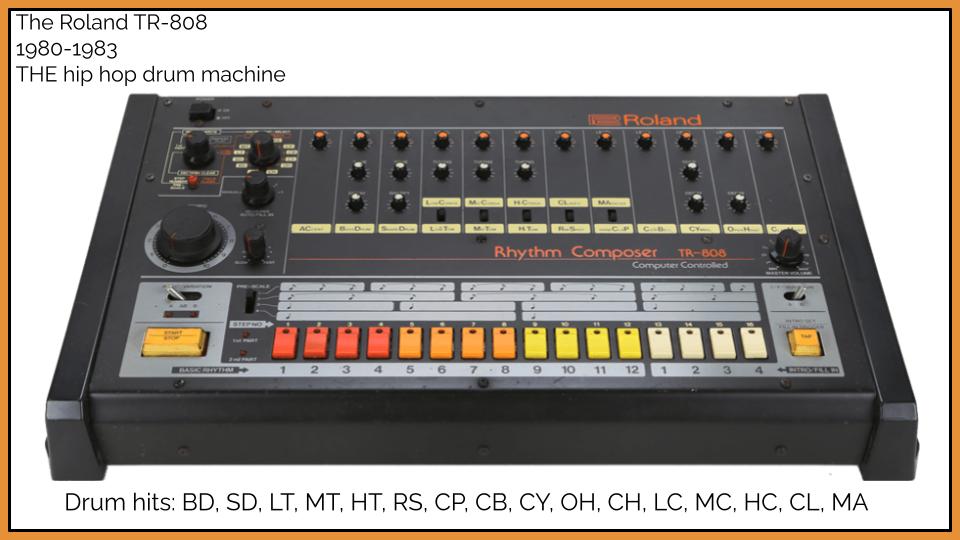
Some of the people behind this machine
Ikutaro Kakehashi was born in Osaka in 1930. He was raised by his grandparents as both of his parent’s died from Tuberculosis. He lived through World War 2, despite his home being bombed by American forces. At the age of 16, he opened a watch and radio repair shop. He was an electrical engineer with no musical training, but a love of radio, and this really informed his ethos. “Taro”, as he was known, was interested in getting instruments into the hands of those who did not have a background in music or an interest in electronics. He aimed to create accessibility in his products, always seeking to “miniaturize, create affordability, and to simplify his products.”
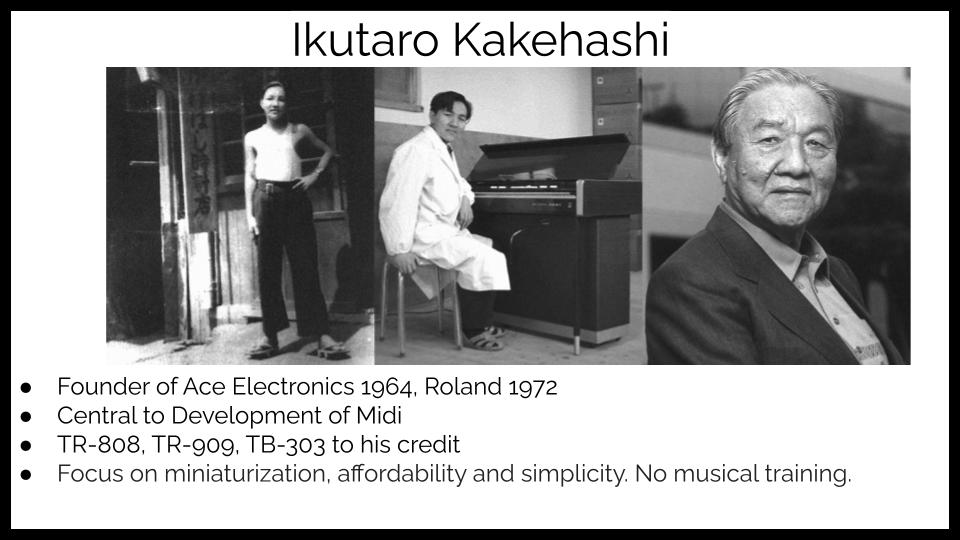
There are 2 funny stories about the creation of the sounds of the TR 808:
The first story is that Ikutaro Kakehashi intentionally purchased faulty transistors in order to create the sizzle of the TR 808 which so central to its sound.
As semiconductor manufacturing improved, he found that he could no longer source these integral rejects, and thus production stopped in 1983 after the 12,000 transistor units had been used.
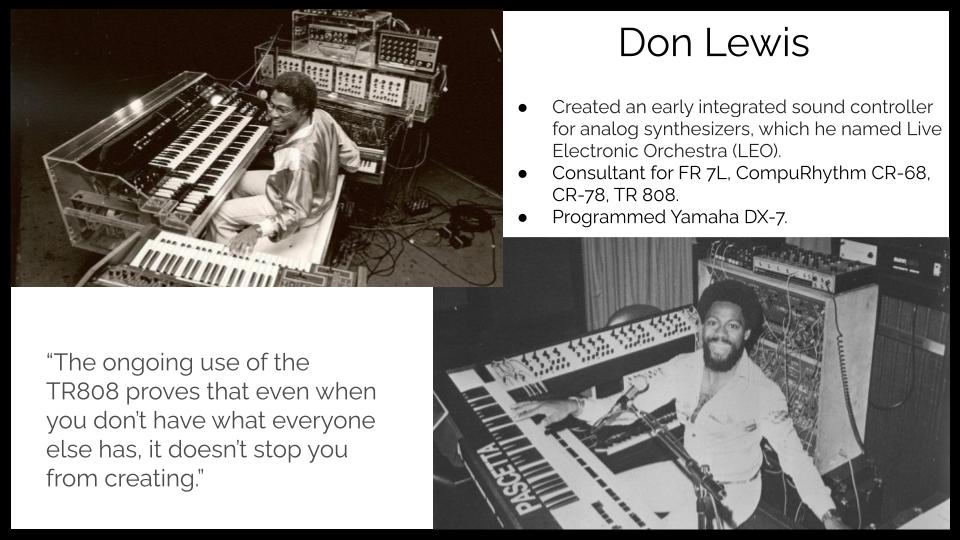
Don Lewis was brought on board as consultant by Ikutaro Kakehashi, the Roland founder in 1972.
Don would become central behind the scenes to developing some of the most quintessential drum machines (and synths) in electronic music history. Including the 808. Kakehashi has credited Don as being the inspiration behind MIDI.
In the other story about the creation of 808, Don Lewis spoke about one of his consulting trips in Japan in the late 70’s and is referring to Roland engineer Tadao Kikumoto:
“That day he [Tadao] had a breadboard of an 808 and was showing me what was going on inside — he sort of bumped up against the breadboard and spilled some tea in there and all of a sudden he turned it on and got this pssh sound — it took them months to figure out how to reproduce it, but that ended up being the crash cymbal in the 808. There was nothing else like it. Nobody could touch it.”
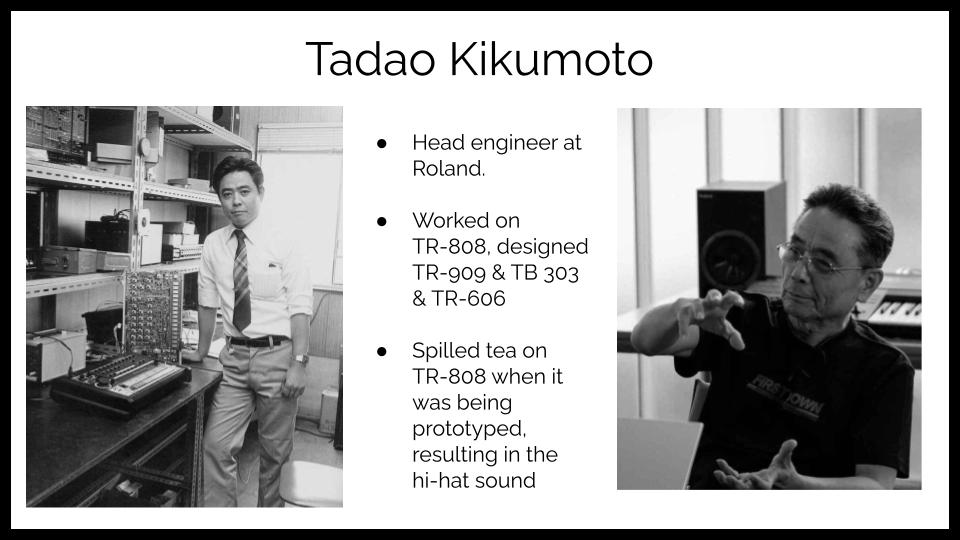
So it’s funny how trends work in music, because no one initially wanted the 808 because its sounds were considered cheesy, and throwback to the sort of sounds associated with organs, and next to the sampling technology of the Linn, which sounded so realistic, everyone was sweating this other aesthetic.
But as a result, it ended up being accessible to real artists, street kids without a lot of money, and gave a voice and carved out a scene which then the mainstream could only wish they had had the foresight and creativity to do themselves.
And this became the mainstream.

Linn Drum
LM-2 was a sample based drum machine. Meaning it played back recordings of real drum kits and therefore sounded more natural contrary to a synthesized drum machine like the 808.
See if you can notice the difference between this sample based drum machine compared to synthesized drum machines.
The Roland X0X-Series
By the 90’s, people were tired of the Linn, and the TR X0X series, meaning the 808, 909, 606, 303, and so on were again landing on the shelves of pawn shops in Detroit and Chicago, the birthplaces of House music.
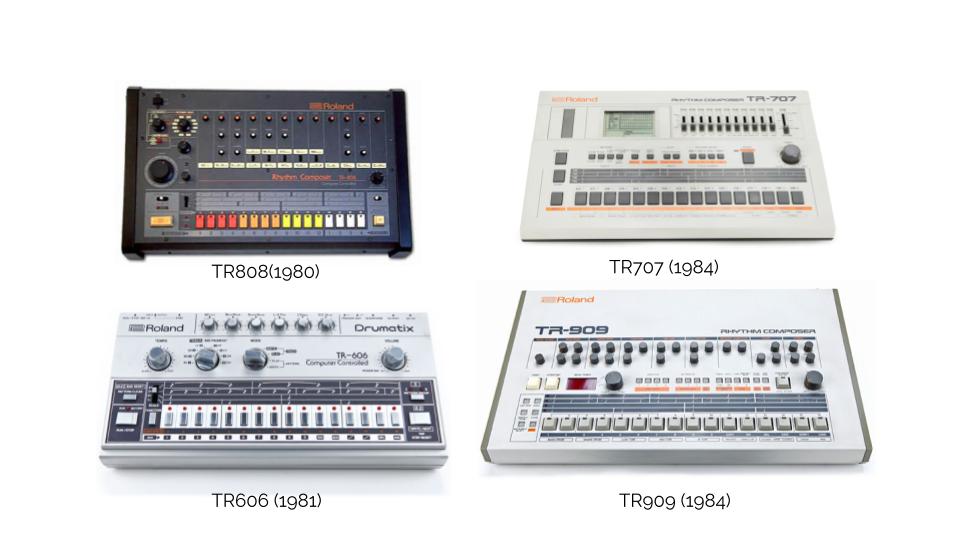
DJ’s were picking these up, tweaking the trim pots on the kick, and creating that signature bass sound that has come to define the genre.
Watch this video of Jeff Mills shredding on a 909!
Watch the Egyptian Lover sequence a beat on an original 808 unit!
